A Race Against Time
A Brief Timeline of Hanford
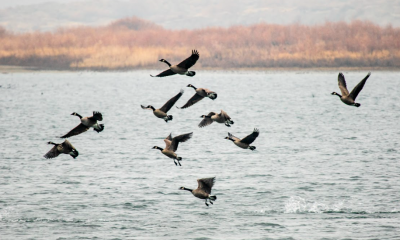
Indigenous people, including Tribes and Bands who now make up the Yakama Nation, the Confederated Tribes of the Umatilla Indian Reservation (CTUIR), the Nez Perce Tribe, and the Wanapum, lived and used the area where the Hanford Nuclear Site is located. For example, some Indigenous people used the area as a wintering encampment ground, because of the mild winters, foods in these ancestral lands were ready for harvest in early spring.
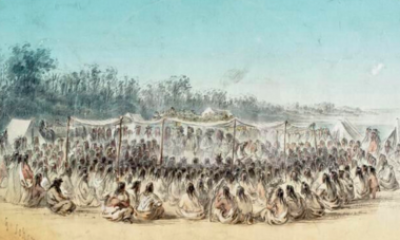
Yakama Nation, Confederated Tribes of the Umatilla Indian Reservation, and Nez Perce signed treaties with the United States that reserve their rights to hunt, fish, and gather in “all usual and accustomed places,” which included the area near the Columbia River that would later be called Hanford. The United States has failed to honor many treaties over time and many Bands and Tribes did not enter into treaties.
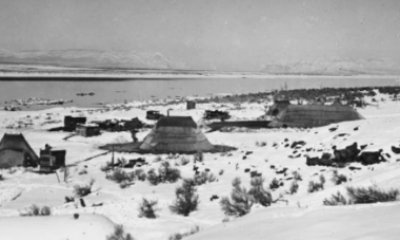
In early 1943, the U.S. Government forced the settlers of the White Bluffs and Hanford to leave their homes and farms to make way for a secret project part of the federal government’s Manhattan Project. They received very little compensation. Indigenous people, like the Wanapum who lived in the area were also forced to relocate, but were offered no compensation. However, Tribes fought for visitation rights that still enabled them to hunt, fish, and camp in the Hanford area, which originally encompassed nearly 700 square miles of land. Today Hanford is about 580 square miles.
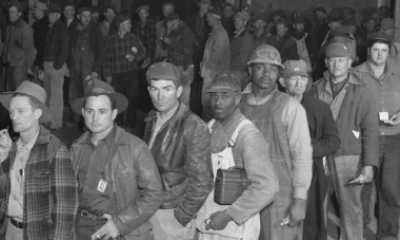
The U.S. built the Hanford Nuclear Site, establishing three nuclear reactors along the Columbia River, along with massive facilities to extract and process the plutonium created. Parts of Hanford become intensely radioactive: some of this toxic and radioactive contamination still reaches the Columbia River decades later. In 1945, the U.S. military dropped the atomic bomb—containing plutonium created at Hanford—on Nagasaki, Japan, killing 60,000 to 80,000. Hanford’s workforce included around 15,000 Black people fleeing the Jim Crow South, but these workers were paid less and not offered full-time employment.

During the Cold War, additional reactors were constructed next to the Columbia River, bringing the total to nine with 177 underground tanks that contained high-level radioactive waste. In the 60s, a new type of reactor produced plutonium for atomic weapons as well as generating electricity, causing President John F. Kennedy to visit for its dedication. This “N Reactor” ran until 1987.
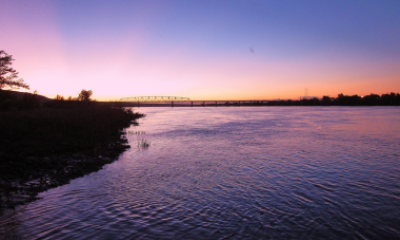
In 1986, Dr. Russell Jim, founder and manager of the Yakama Nation Environmental Restoration Waste Management Program, testifies to the House Committee during the Second Nuclear Waste Repository Selection, asserting Yakama Nation’s treaty rights. Since this time, the U.S. has negotiated with Yakama Nation, CTUIR, and Nez Perce in government to government relations concerning Hanford. In 1989, Federal and state governments officially switched the mission at Hanford to cleanup.
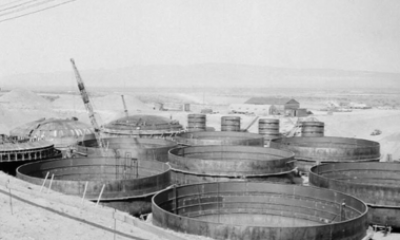
In 2000, the Dept. of Energy (Energy) begins to remove 2,535 tons of irradiated nuclear fuel in an aging basin along the Columbia River, a major accomplishment in cleanup. In 2002, Construction of the Waste Treatment and Immobilization and Plant (WTP) begins. The facility is intended to treat 56 million gallons of radioactive and dangerous chemical waste currently stored in 177 aging tanks at Hanford. Originally, construction was projected to take five years, however now the projected start date of operations at WTP is 2023.
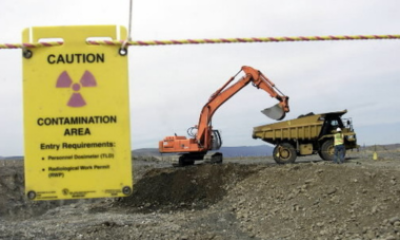
In 2004, Energy removes liquids from 149 tanks containing high-level waste, declaring them “stable.” Yet, highly dangerous solids, sludge, and liquid remained in the tanks containing huge quantities of radioactive and toxic pollutants. During 2010-2013, lethally radioactive soil pollution is discovered beneath a building a few hundred yards from the Columbia River. Additional tank leaks are discovered.
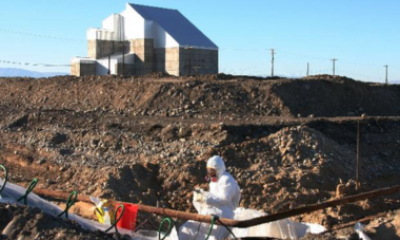
Dozens of workers are sickened by chemical vapors released from tank farms, and a tunnel containing highly radioactive waste partially collapses. This highlighted the dangers to the people who have worked for decades to protect the environment and the public from toxic waste.
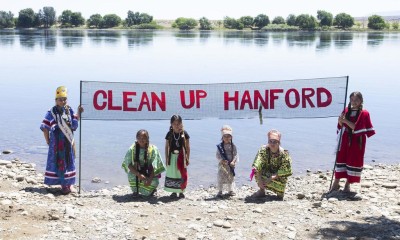
Over 150 people gather along the Hanford Reach for the inaugural Hanford Journey, to celebrate the life and legacy of Dr. Russell Jim and to demand a thorough cleanup of the Nuclear Site. Hosted by Columbia Riverkeeper and Yakama Nation’s Environmental Restoration Waste Management Program, the Hanford Journey, sought to bring people together upstream of the Hanford Nuclear Site creating a physical connection with and shared understanding of the area’s natural beauty and cultural importance.

Energy issued a final cleanup plan, acknowledging an ongoing ecological risk to the Columbia River from chromium and strontium-90. Th e first step was made in the process of vitrifying tank waste. Vitrification is the transformation of a substance into a glass, which Energy plans to do in 2024.
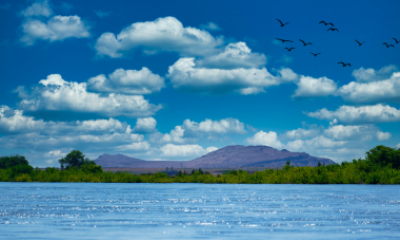
Hanford remains a beautiful, culturally significant area worth fighting for, it is not a nuclear wasteland. There are many jobs available in the cleanup process at Hanford, many involving time outside protecting the environment. Careers in STEM fields as, well as skilled trades like pipefitter and electrician, and even fire fighting and security. Whether you find your future in the Hanford workforce or not, Hanford’s future will depend on the next generation’s advocacy for a cleanup that is thorough and just.
To ensure the complete and timely cleanup of the Hanford Nuclear Site, we review and critique cleanup and restoration plans.
The fight to clean up the most polluted place in America.
Add your voice to the growing number of people holding the U.S. government accountable for decades of nuclear-waste pollution.
Want to hear all the stories from Columbia Riverkeeper's Currents Issue 1, 2023 Newsletter?


